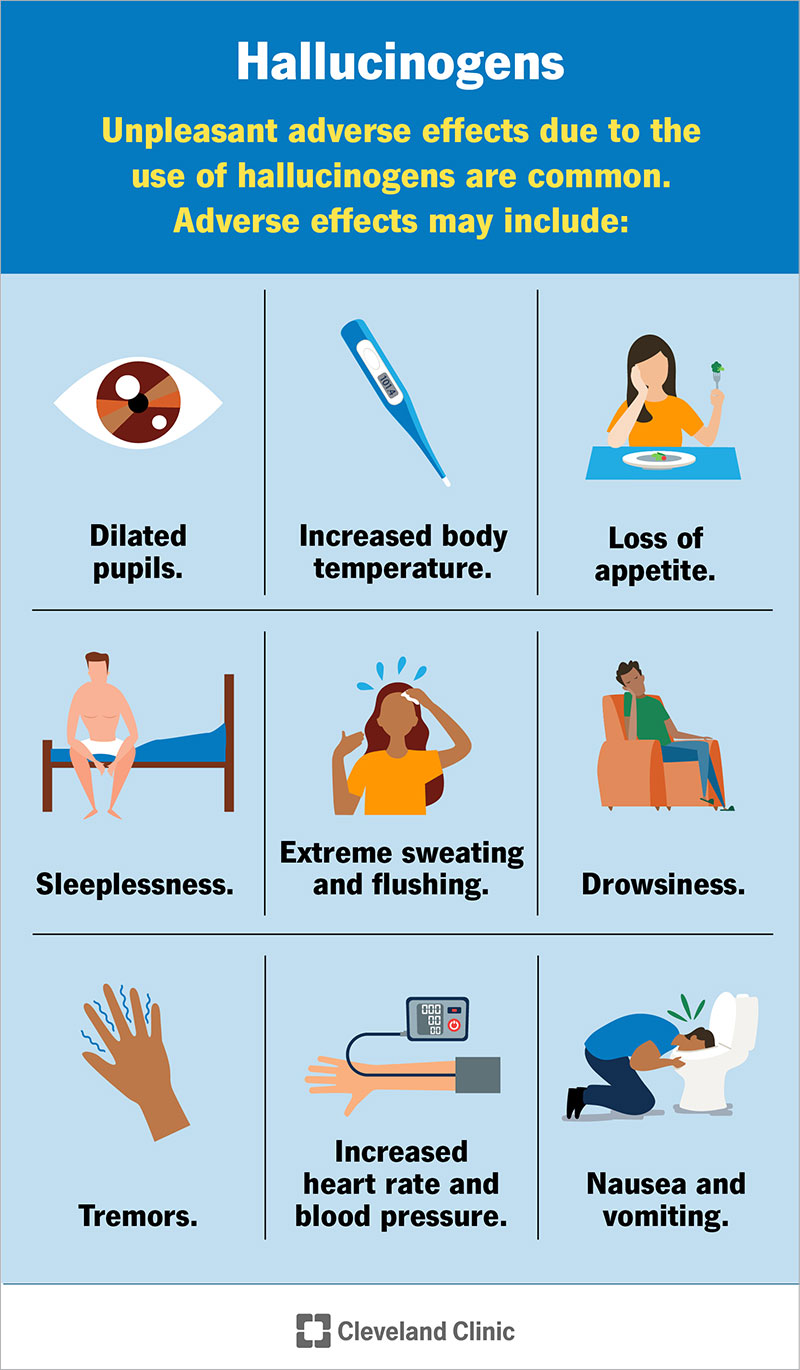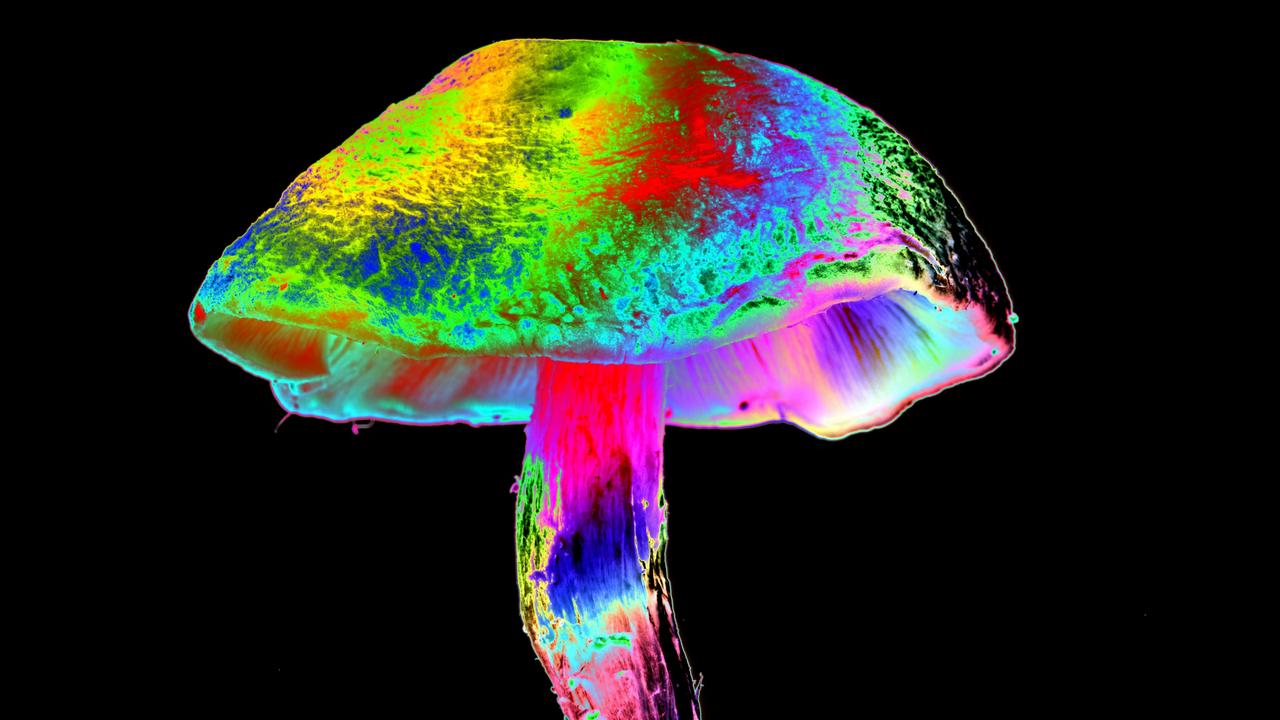Explore Valuable Insights About Golden Psycho and Its Benefits.
Explore Valuable Insights About Golden Psycho and Its Benefits.
Blog Article
All About Psychotomimetic Compounds: Their Function in Psychological Research Study
Psychotomimetic substances, such as LSD and psilocybin, have gathered enhancing rate of interest in mental research study for their ability to duplicate psychotic symptoms and provide understanding right into different mental health and wellness problems. Their communications within the brain, particularly via serotonin and dopamine paths, suggest a complicated connection in between consciousness and neurobiology that may unlock novel healing methods. As scientists proceed to explore their potential applications, ethical factors to consider surrounding their use in scientific setups become critical, elevating essential questions concerning safety and notified permission that necessitate further expedition.
Definition of Psychotomimetic Substances
In the world of psychological research study, psychotomimetic compounds are materials that can generate impacts resembling those of psychosis, such as hallucinations, misconceptions, and transformed assumptions of truth - About Golden Psycho. These compounds can be identified into different classifications, including hallucinogens, dissociatives, and certain energizers, each creating distinct mental results
The medicinal activity of psychotomimetic substances typically involves inflection of neurotransmitter systems, especially those pertaining to serotonin, dopamine, and glutamate. Compounds like lysergic acid diethylamide (LSD) primarily act on serotonin receptors, leading to extensive modifications in sensory understanding and cognition.
The utility of psychotomimetics in study hinges on their capability to resemble psychotic symptoms, providing a design for understanding the hidden devices of psychotic conditions such as schizophrenia. By studying the effects of these compounds, scientists can get understandings into the neurobiological and emotional procedures that contribute to psychosis.
Furthermore, psychotomimetic substances have actually been discovered for their healing possibility in treating numerous mental health conditions, consisting of anxiety and stress and anxiety, highlighting their twin role in both research study and prospective scientific applications.
Historic Development and Context
The expedition of psychotomimetic substances has a rich historic context that goes back to ancient worlds, where compounds such as psilocybin mushrooms and peyote were made use of in spiritual and healing techniques. These early uses often intertwined with religious rituals, suggesting a profound respect for the transformed states of consciousness caused by these substances.
The mid-20th century marked a significant switching factor in the research of psychotomimetic materials, especially with the synthesis of LSD by Albert Hofmann in 1938. The succeeding popularization of LSD in the 1960s catalyzed a wave of rate of interest in both its mental effects and possible therapeutic applications. Researchers started to explore just how these materials can resemble psychotic states, offering understandings right into psychological disease.
Nevertheless, the boosting organization of psychotomimetics with counterculture movements resulted in regulatory backlash, culminating in the criminalization of much of these compounds. Regardless of these challenges, the resurgence of rate of interest in the restorative potential of psychedelics in the 21st century has actually triggered renewed research. This historical trajectory highlights the advancing understanding of psychotomimetic compounds, transforming from spiritual compounds to topics of clinical inquiry and, possibly, healing pledge.
Mechanisms of Action
Comprehending the mechanisms of activity of psychotomimetic substances exposes the complex ways these substances interact with the mind's neurochemistry. These substances mainly apply their impacts via modulation of natural chemical systems, particularly serotonin, dopamine, and glutamate.
Along with serotonin, dopaminergic pathways are significantly influenced by compounds like mescaline and particular cannabinoids, which can bring about altered states of awareness and changes in state of mind and motivation. The NMDA receptor incongruity observed with substances like ketamine highlights an additional pathway via which psychotomimetics may cause dissociative states and profound changes in thought procedures.
The neurochemical cascades initiated by these interactions lead to facility and diverse emotional results. Understanding these mechanisms is important for both the development of mental research and the therapeutic capacity of psychotomimetic substances, as they supply insights into the underlying neural correlates of altered states of awareness.
Current Research Study and Applications
Recent investigations right into psychotomimetic substances have disclosed a renewal of passion in their therapeutic applications, especially in the fields of psychiatry and psychology. Scientists have started discovering compounds such as psilocybin, LSD, and ayahuasca for their possible to relieve symptoms related to various psychological health and wellness problems, consisting of clinical depression, stress and anxiety, and PTSD.
Professional trials have actually demonstrated that, when carried out check it out in regulated atmospheres, these compounds can promote extensive psychological experiences, promoting psychological innovations and boosted healing end results. Studies have actually revealed that psilocybin-assisted therapy can lead to significant reductions in treatment-resistant depression, with effects lasting for a number of months post-treatment.
Furthermore, psychotomimetic compounds are being reviewed for their capability to foster neuroplasticity, possibly enabling even more effective rewiring of maladaptive idea patterns. These findings recommend that such compounds may act as complements to conventional psychotherapeutic methods, improving the effectiveness of restorative interventions.
As research study proceeds, the focus is changing towards comprehending the optimal dosages, restorative settings, and individual attributes that can maximize the benefits of these compounds. This blossoming area holds guarantee for changing psychological health and wellness treatment standards straight from the source and attending to the restrictions of standard psychological drugs.
Moral Considerations in Study

Navigating the honest landscape of research entailing psychotomimetic substances is vital to making sure individual security and the honesty of research end results. Scientists must focus on informed permission, guaranteeing that individuals fully recognize the prospective dangers and advantages linked with the substances being examined. This includes providing in-depth details concerning feasible emotional effects, consisting of intense and lasting impacts, and permitting individuals the possibility to take out from the research study at any moment scot-free.
IRBs assess research methods to secure participant well-being and support honest requirements. Additionally, the potential for coercion must be carefully assessed, especially when prone populaces are involved.
Confidentiality is another critical consideration. Scientists must carry out durable actions to protect participants' identifications and information, especially offered the sensitive nature of experiences related to psychotomimetic compounds (About Golden Psycho). Ultimately, a commitment to moral methods not just cultivates trust fund between scientists and individuals yet additionally boosts the reliability and validity of the research end results, adding to the innovation navigate to these guys of mental understanding

Conclusion
To conclude, psychotomimetic substances, specifically timeless psychedelics such as LSD and psilocybin, offer substantial understandings into mental disorders via their distinct devices of action. Their restorative potential in addressing problems like anxiousness and PTSD highlights the importance of ongoing study in this area. Guaranteeing moral standards in research study methods is crucial for individual safety and notified approval, allowing for a liable expedition of these substances' advantages and ramifications within mental scientific research.
Report this page